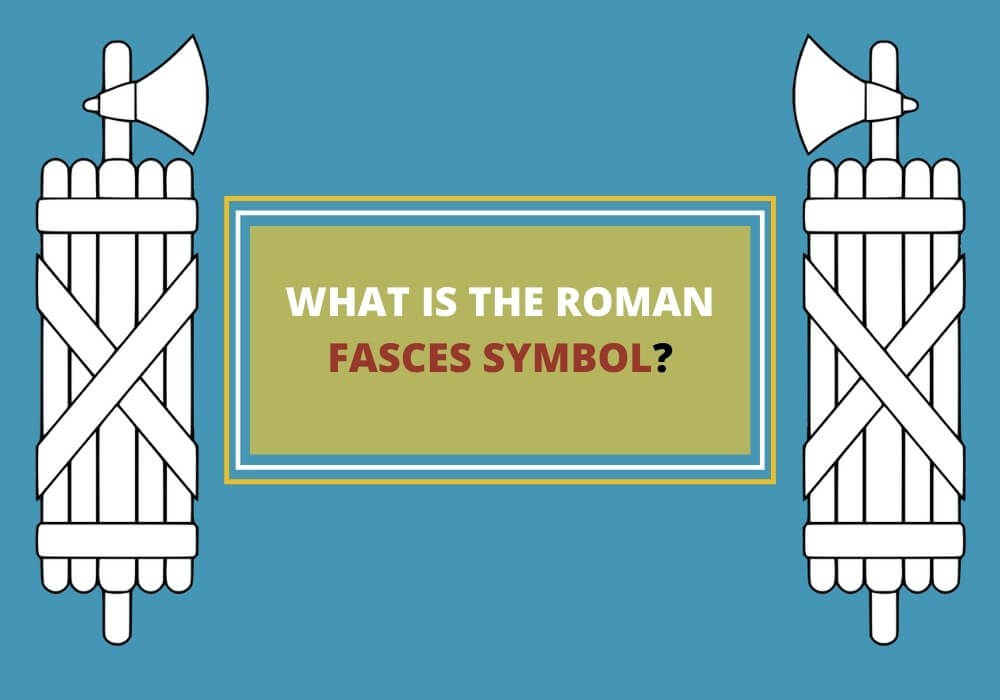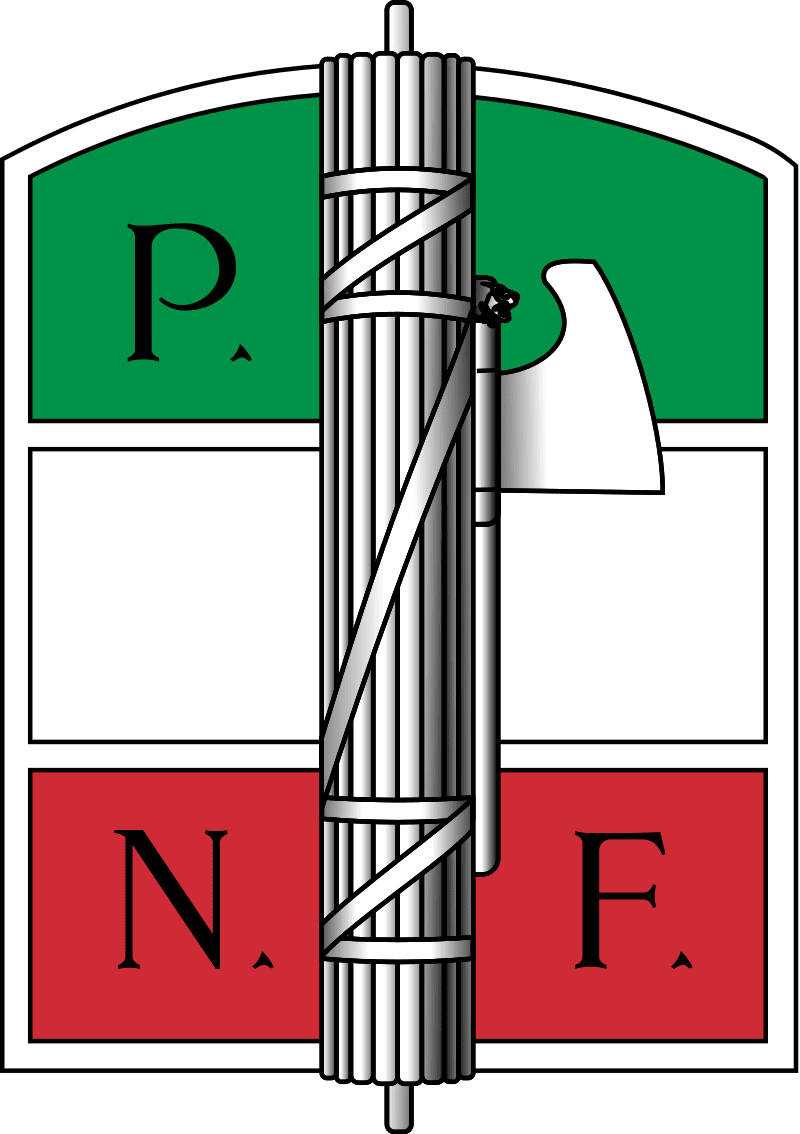
Table of Contents
The fasces symbol, a bundle of rods wrapped around an axe, comes from ancient Rome and is full of history and meaning. It symbolizes authority, strength, and unity. This symbol has lasted through time, shaping political views and showing up in today’s symbols, all while keeping its important historical roots.
Let’s take a look at its interesting beginnings and the various meanings it has taken on.
What is the Fasces Symbol?

The fasces symbol, featuring a bundle of rods or sticks tied around an axe, represents strength and unity. The idea is that while one rod can break easily, a bundle is much stronger, showing how unity brings strength. The axe in the middle stands for authority and leadership, often linked to justice and decision-making power.
In many versions, the axe blade sticks out, highlighting control and power. Different governments and organizations have used the fasces to represent their jurisdiction, collective power, and governance.
You can often see it in official seals, on government buildings, and in courtrooms, where it shows a balance between state power and the unity and strength of the community. The fasces symbolizes working together, leadership, and the rule of law.
Symbolism of the Fasces
With its unique design, the fasces represented unity and governmental power. The bundle of wooden rods symbolized the unity of the people and the axe symbolized the ultimate authority and law-giving status of the ruler.
In many Roman traditions, both during the Roman republic and the later empire, fasces bundles were given to public and governmental officials during special occasions. This tradition likely represented the people gifting the officials with authority and power.
At some point during the time of the Roman republic, the double-bladed axe was replaced with a single-blade one. How intentional that was is unclear but the meaning of the axe also started to be associated with the public officials’ power of capital punishment. That’s also why on many occasions, the fasces was presented with the blade of the axe removed, when the power of capital punishment rested on the people’s assemblies and not on governmental officials.
During the Roman empire, however, or even during republican times when ultimate authority was temporarily given to Roman dictators, usually at the time of war, the axe blade was kept on the fasces. This symbolized the government’s ultimate power over its people.
The Fasces Symbol: Origin and History

The fasces symbol began in ancient Rome, serving as a sign of magisterial and judicial power. It features a bunch of rods, usually birch, tied around an axe. In Roman times, the rods meant the power to discipline, and the axe meant the power to execute. Lictors, who were assistants to high officials like consuls and magistrates, carried the fasces to show their authority and power to keep order and enforce laws.
In Roman society, the fasces symbolized the power, unity, and authority of both the Roman Republic and the Roman Empire. The idea behind it was that a single rod is easily broken, but a bundle of rods is strong, showing the power of unity.
As Rome’s influence grew, other cultures and civilizations that were under Roman rule or admired Roman governance started using the fasces symbol. Over time, the meaning of the fasces changed and spread beyond Rome. It has represented various ideas, from republicanism to collective power.
Today, different groups use the fasces as a symbol of authority and governance. However, some political ideologies, especially Fascism, have controversially used it too. Despite this, in many democratic societies, the fasces still stands for justice, authority, and collective strength.
Fasces – Like Symbols Outside of Rome
Outside its Roman roots, symbols similar to the fasces appear in other cultures. For instance, Aesop’s fable “The Old Man and his Sons” illustrates this well. In the story, an old man gives each of his sons a wooden rod to break, which they do easily.
Then, he gives them a bundle of rods, like the fasces but without the axe, and they can’t break it. This demonstrates the lesson “there is strength in unity.”
This same idea is in an old Bulgarian legend about Khan Kubrat and his five sons. Khan Kubrat uses the same method to teach his sons about unity. But, unlike the fable, his sons ignore his advice, splitting the ancient Bulgarian tribe into five and scattering across Europe. Interestingly, this legend originates in what is now Ukraine, showing no direct link to ancient Rome.
These stories, though not directly related to the Roman fasces, highlight why the symbol remains popular and widely recognized, even after being misused by fascists. The fasces’ meaning and symbolism are universal, easy to understand, and powerful, explaining its lasting significance.
Is the Fasces Symbol Used in Jewelry and Fashion?
The fasces symbol isn’t widely used in everyday jewelry and fashion due to its strong ties to ancient Roman power and its controversial link to 20th-century Fascism. This historical and political background often makes it unsuitable for common fashion and jewelry, which usually focus on aesthetics and personal expression.
However, you can find the fasces symbol in niche historical fashion and jewelry, particularly in pieces meant to reflect a certain historical era or make a cultural or political statement. Such items appeal to historical fashion enthusiasts, collectors, or those who value the symbol for its historical significance rather than its political meanings.
When fashion and jewelry do feature the fasces symbol, it’s usually in unique, custom-made items, not in large-scale commercial fashion. This selective use is due to the symbol’s complicated and sometimes controversial past.
Wrapping Up
The fasces is an example of how the meaning of symbols are dynamic, reflecting their use and their context. However, unlike some other symbols which have become corrupted beyond use, the fasces has emerged relatively unscathed from its association with Mussolini’s fascism. Today, almost everyone has heard the term ‘fascism’ but not many know that this was derived from the ancient fasces symbol.








